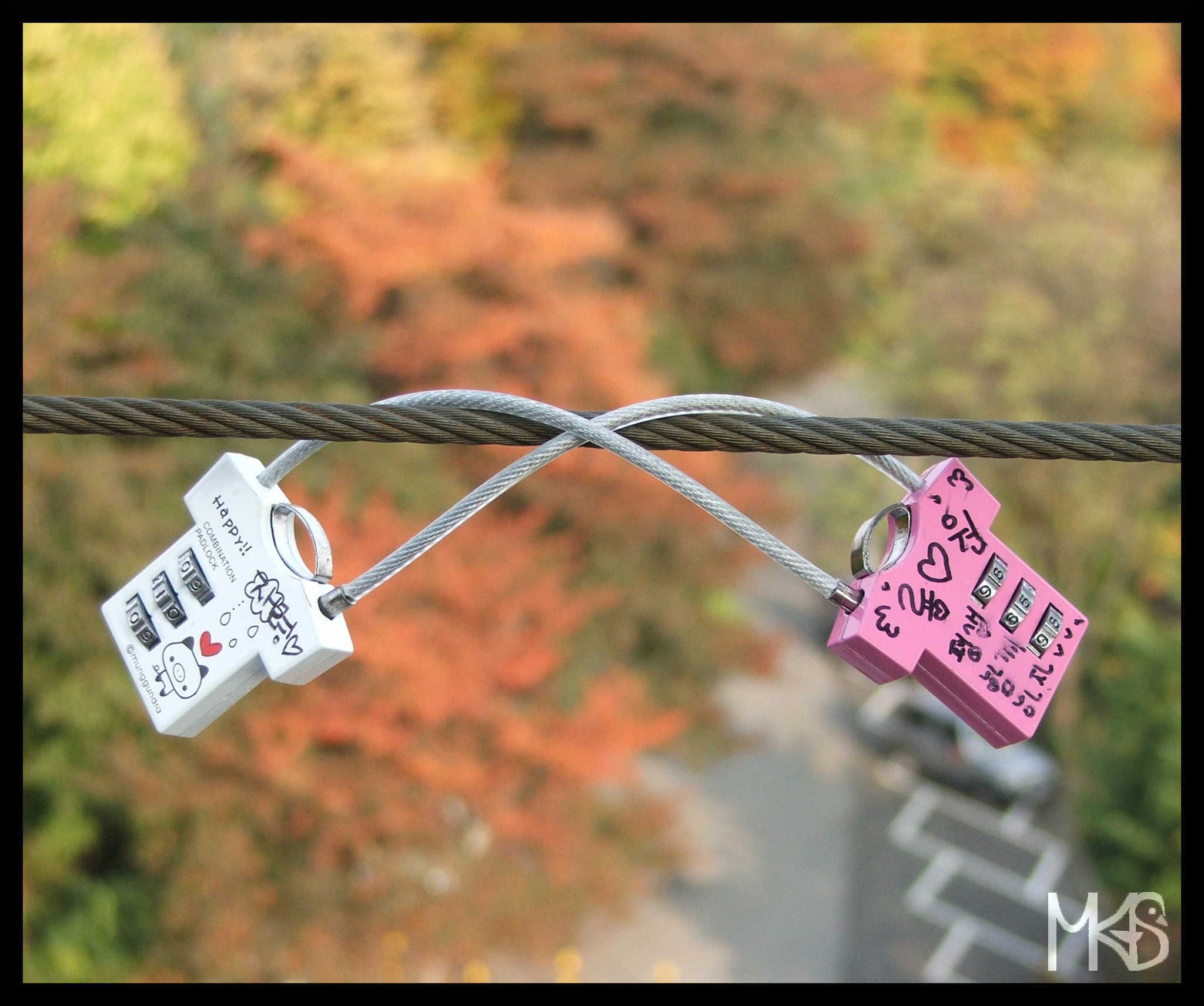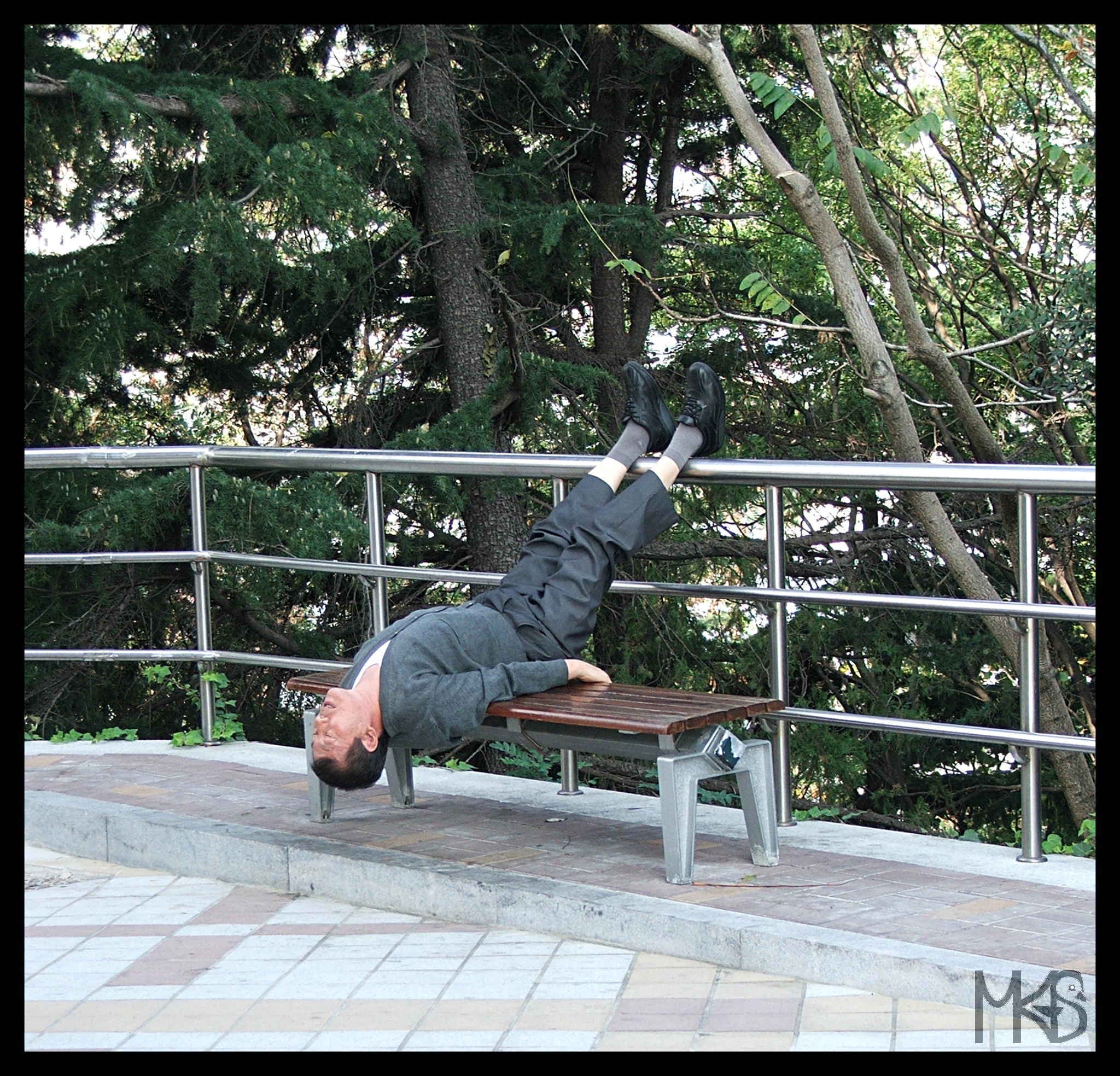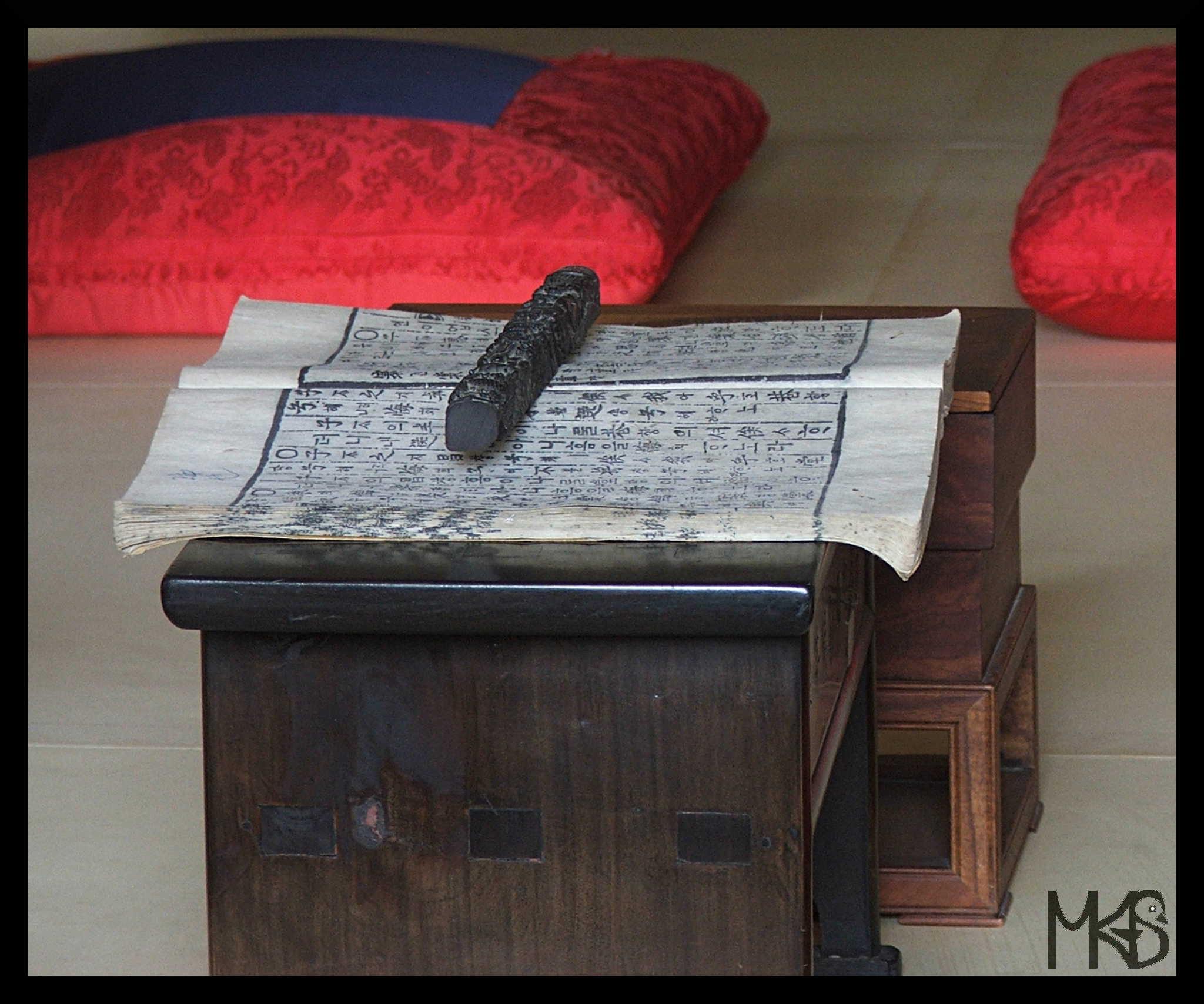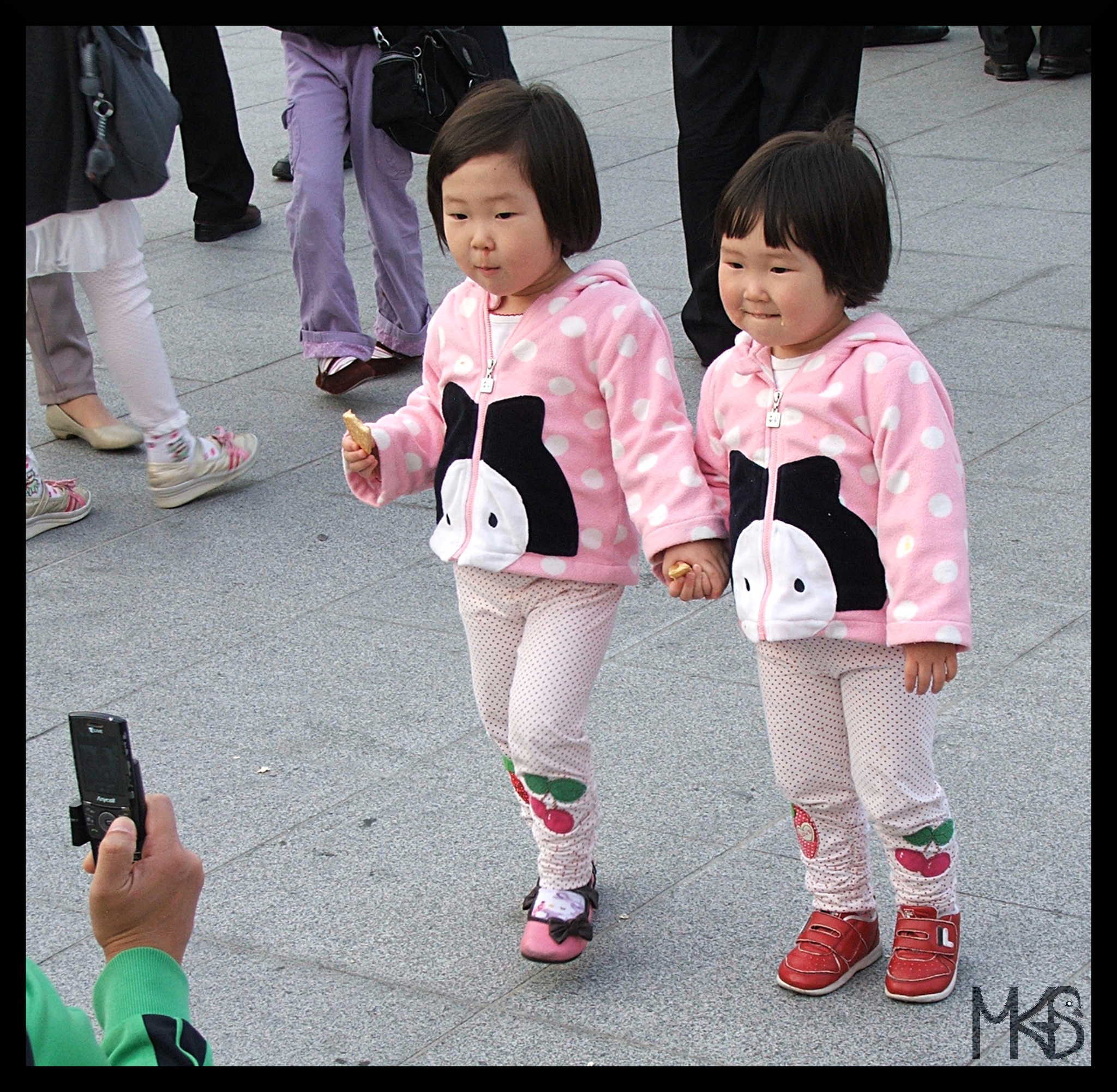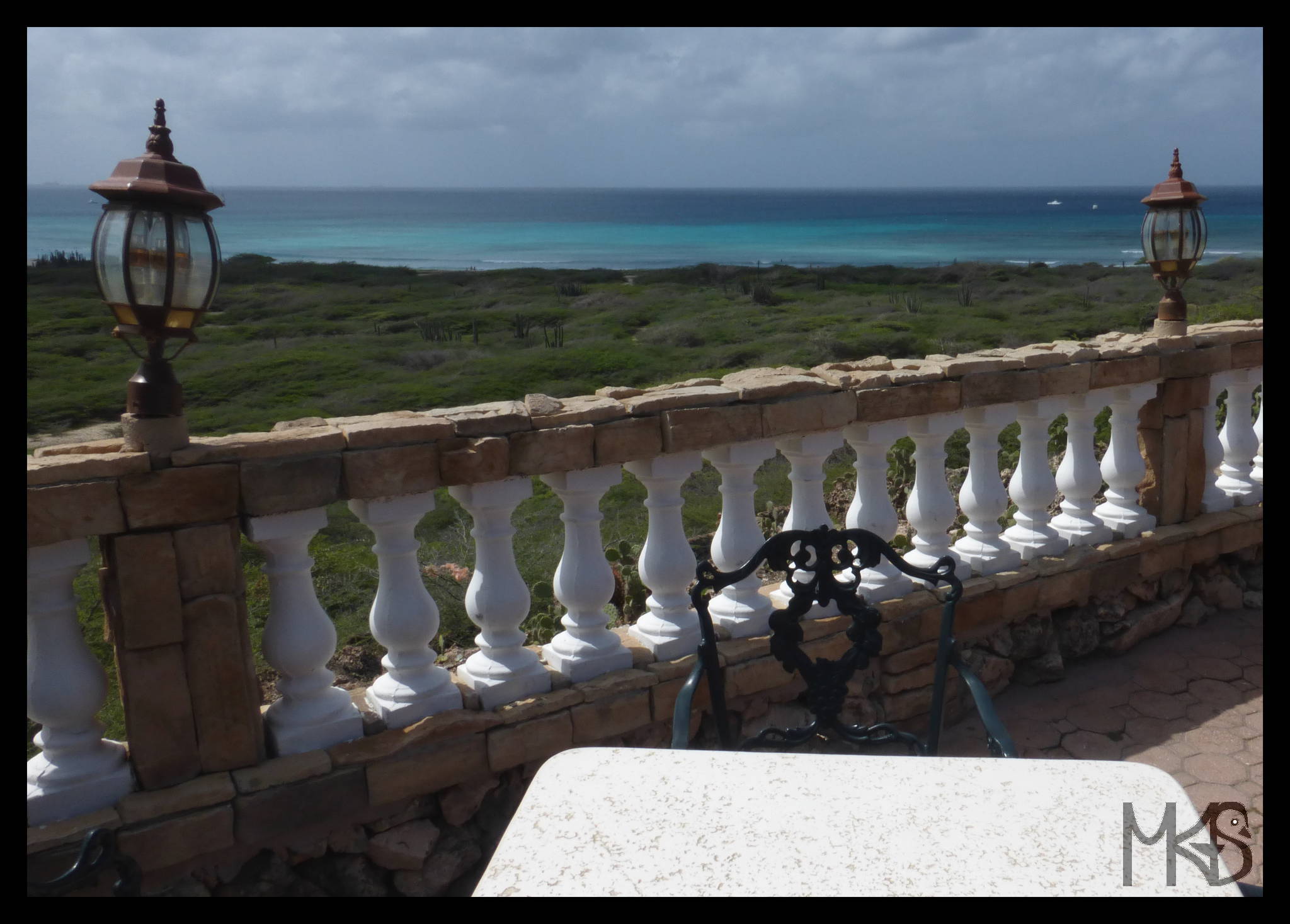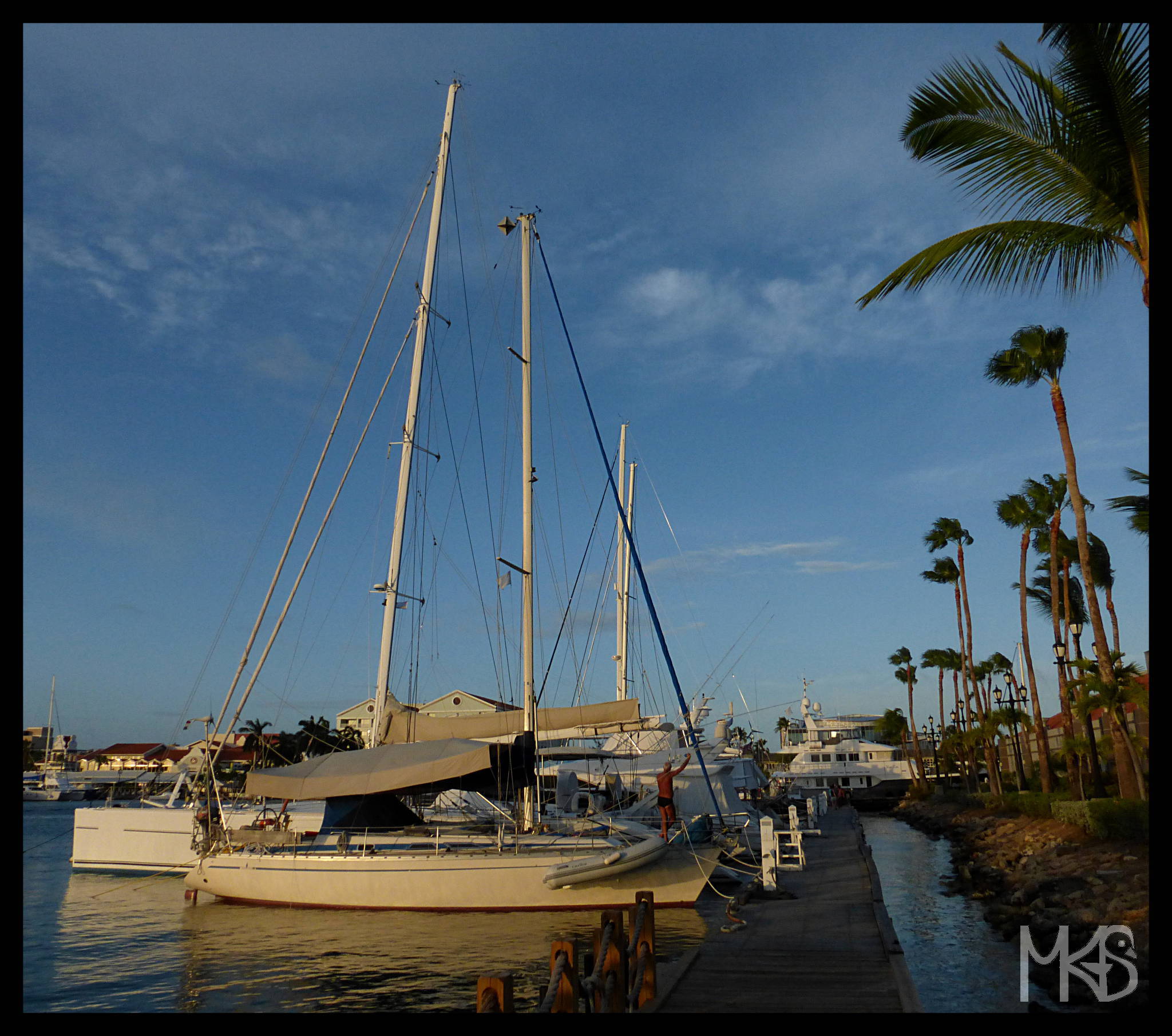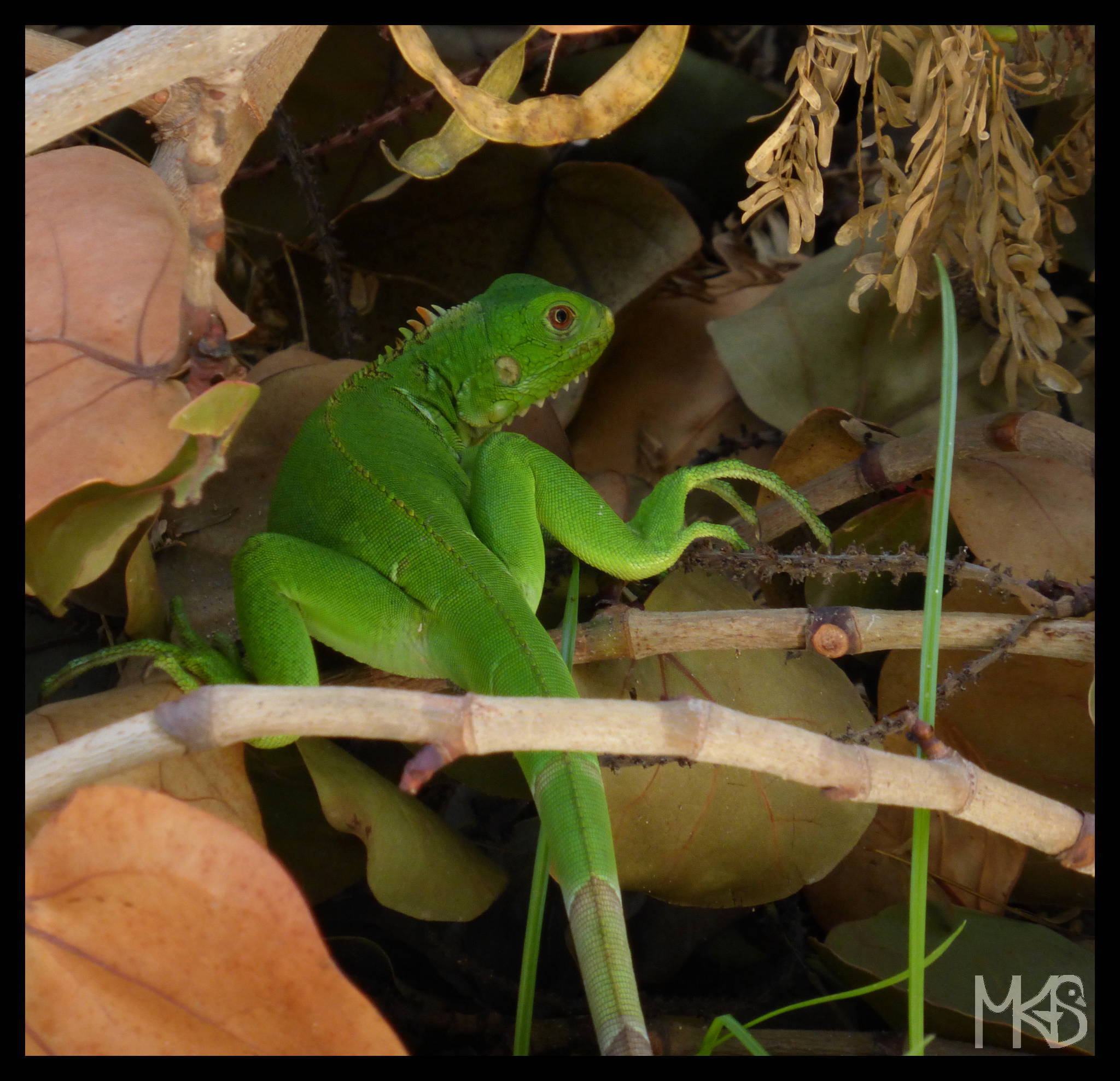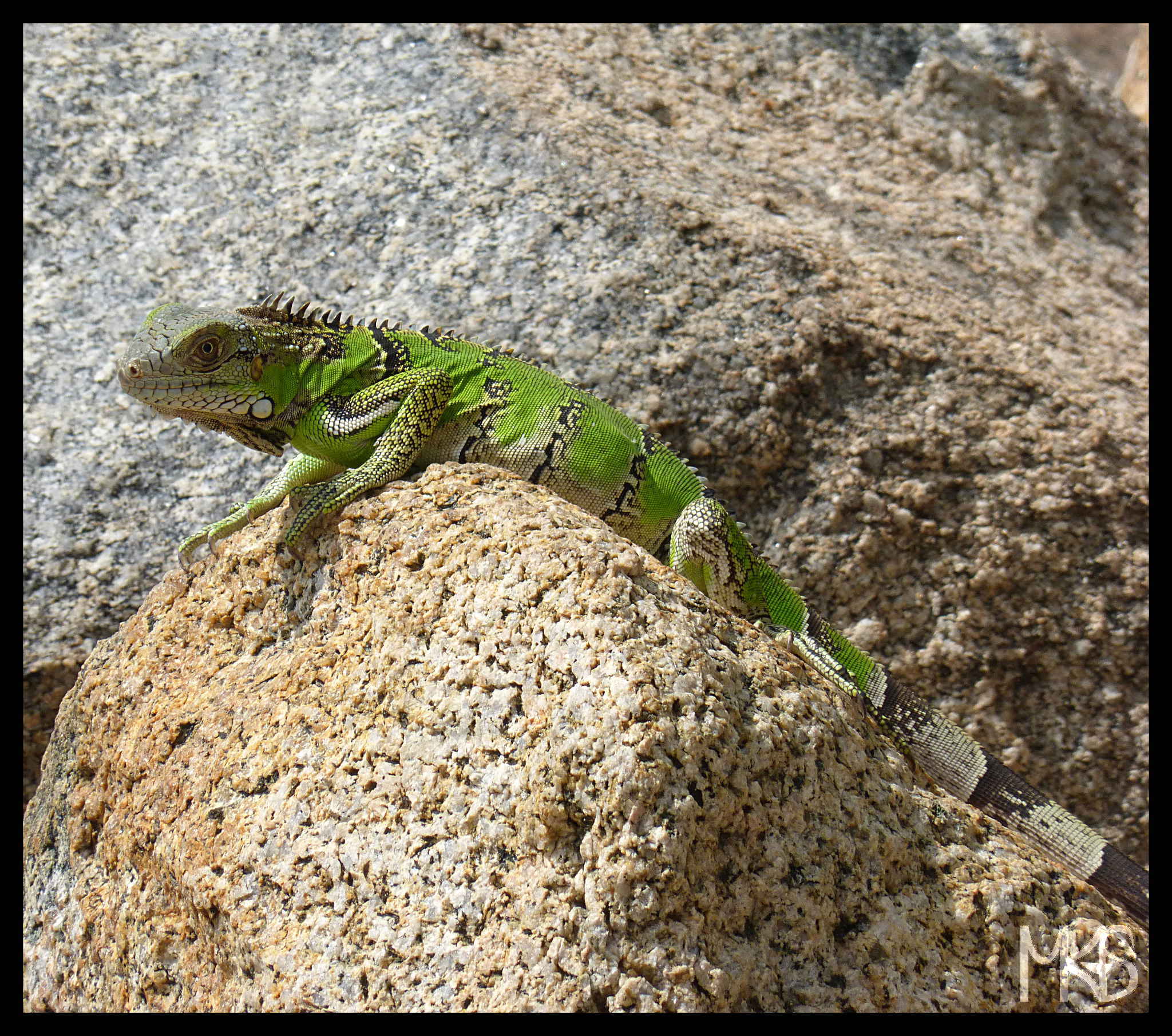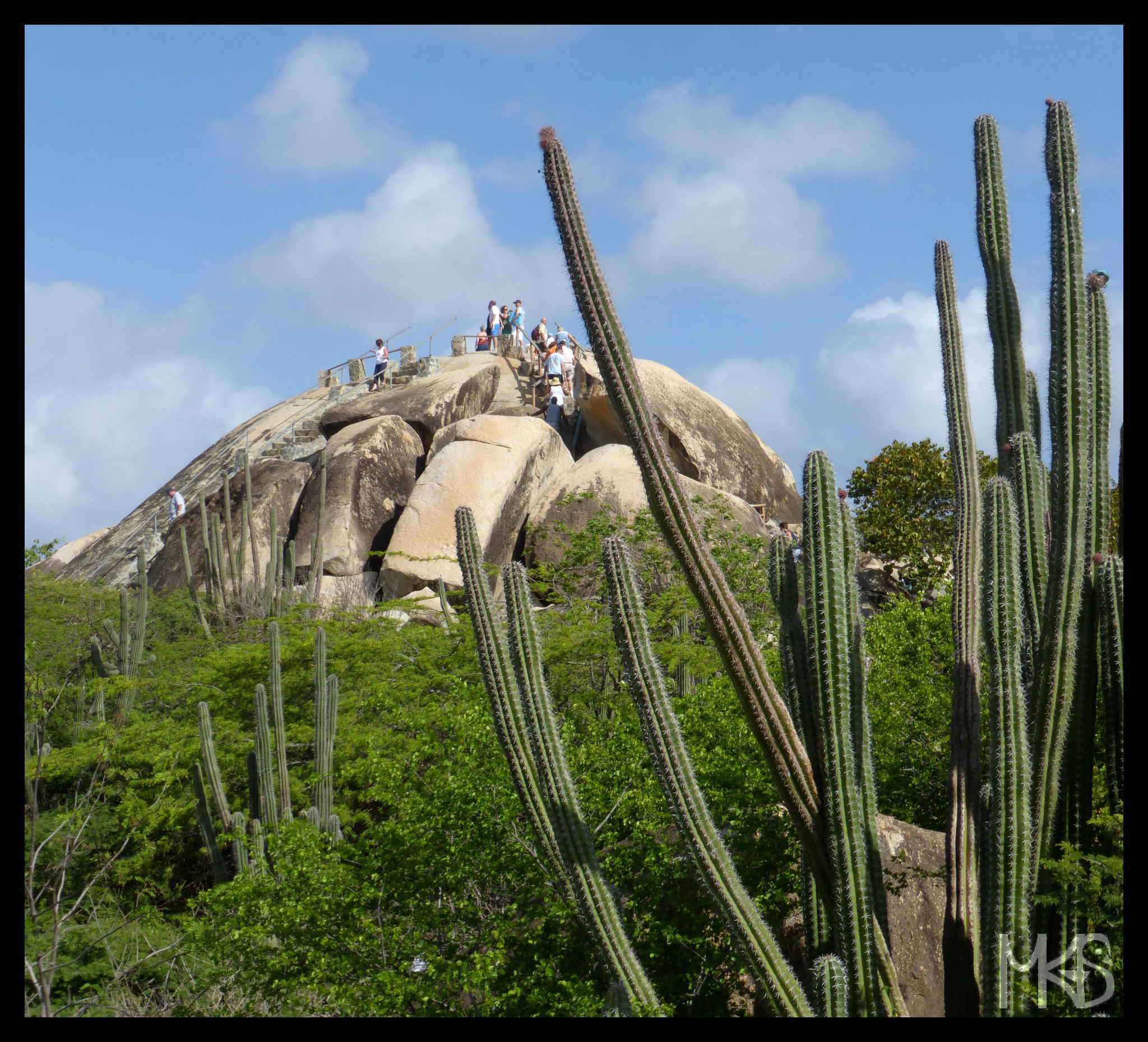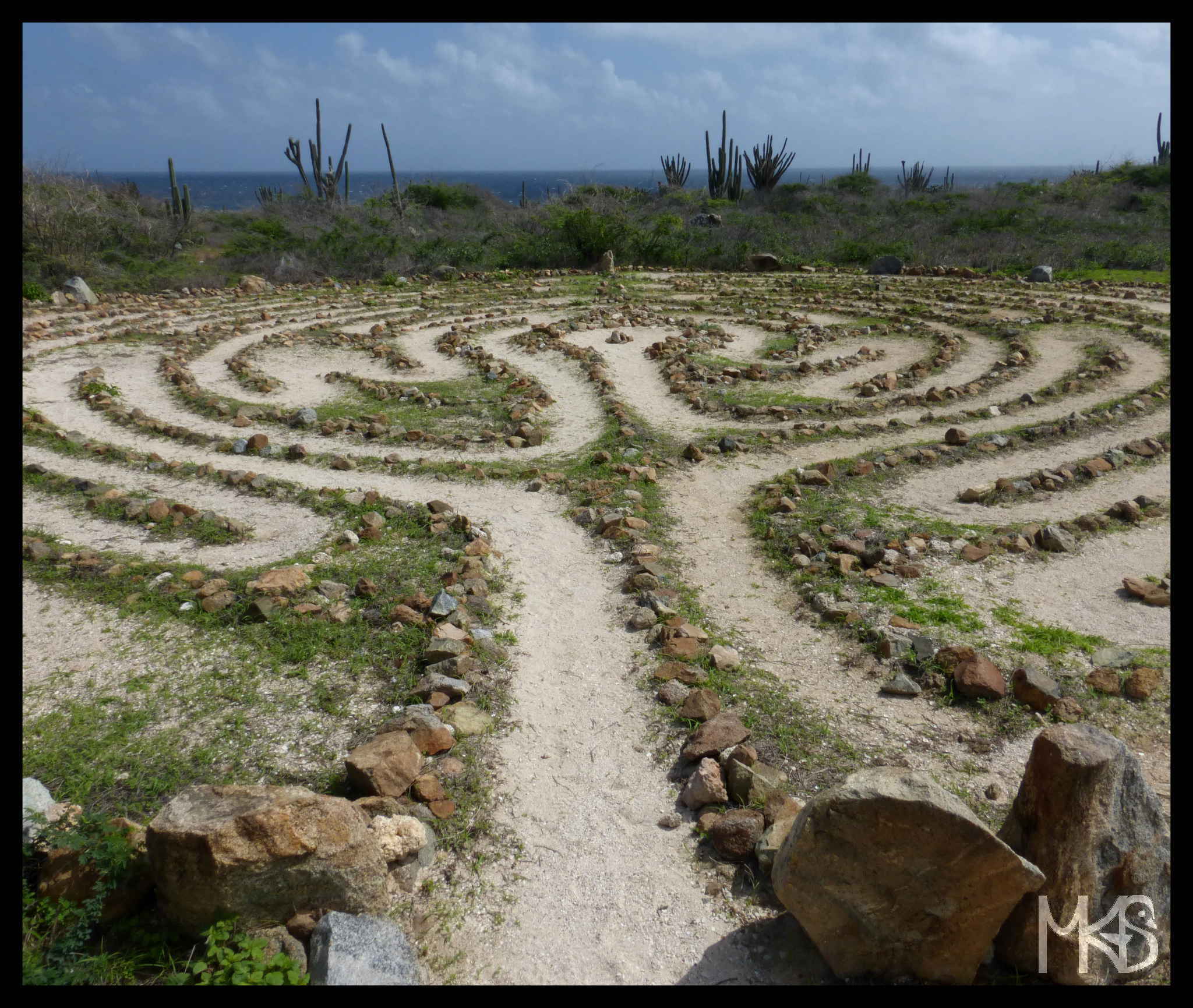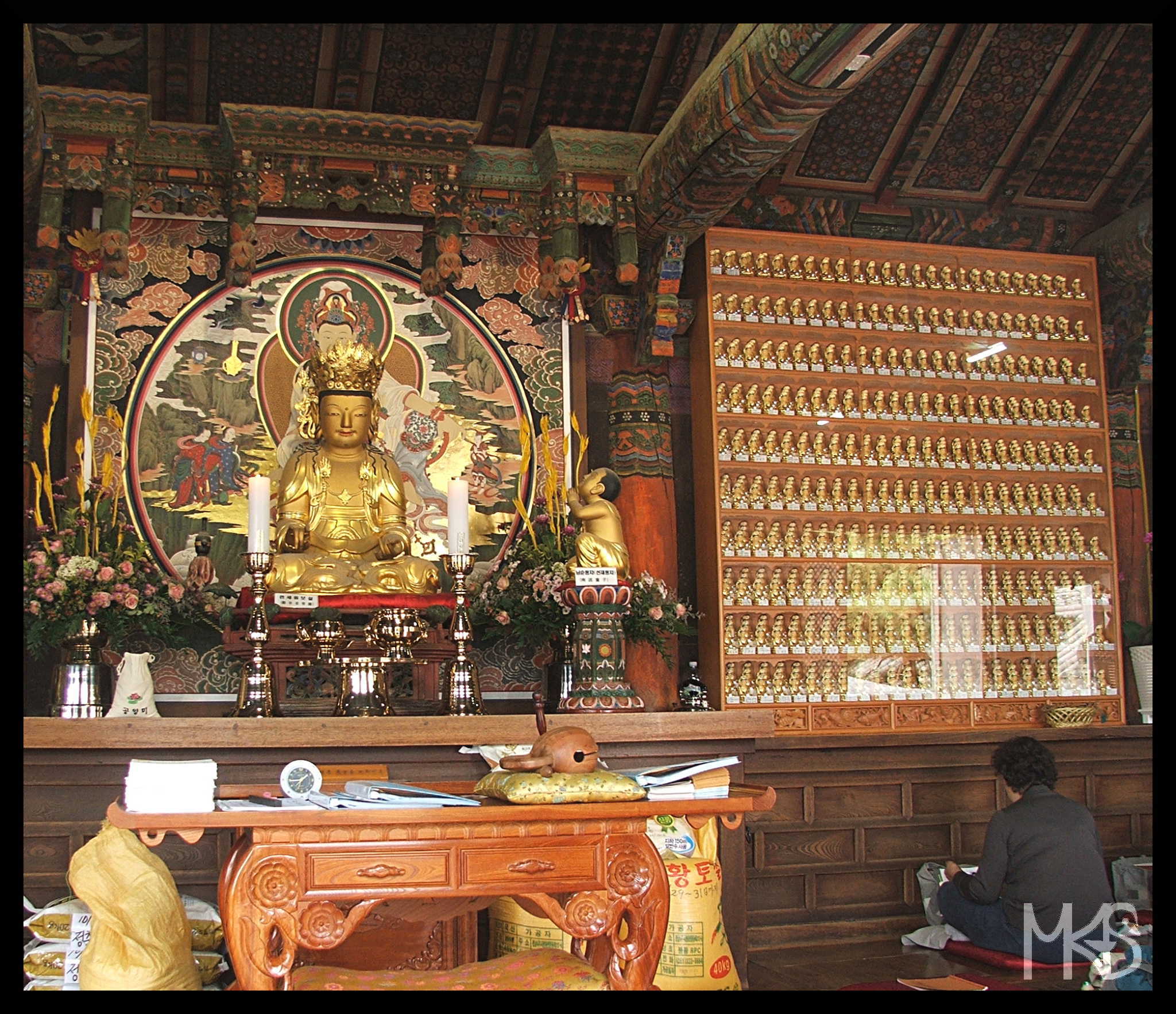
In Korea, major religions (Buddhism, Christianity, Confucianism, Islam) peacefully coexist with shamanism.
South Korea – Traditional Clothes
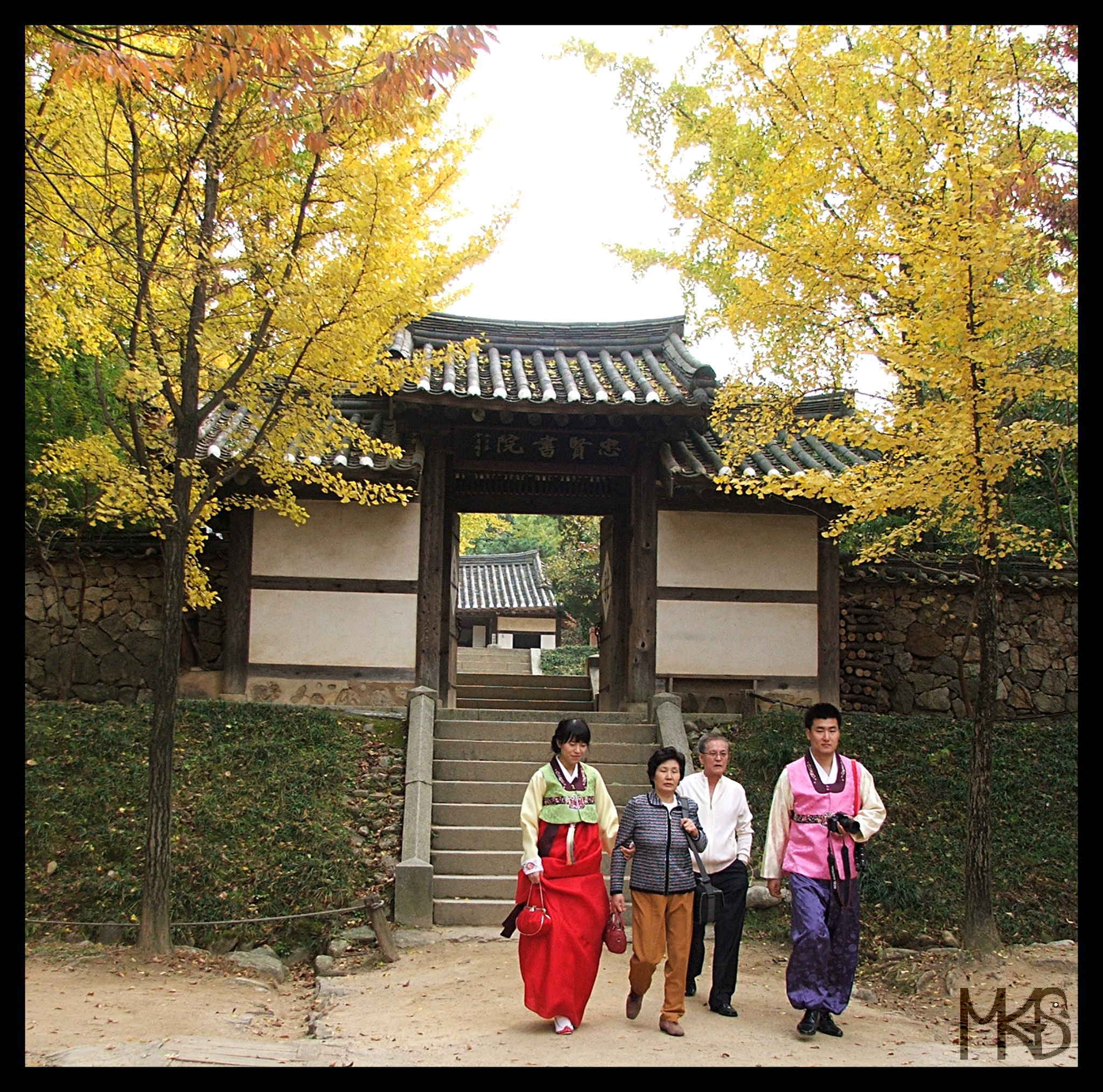
Koreans have very unique traditional clothes, especially female clothing is quite interesting. Unfortunately, these days, people don’t wear these clothes so often; even for special occasions like wedding, brides often choose western dresses. But if you’re lucky, you can still meet people wearing traditional clothing in South Korea. 🙂
South Korea – Cuisine
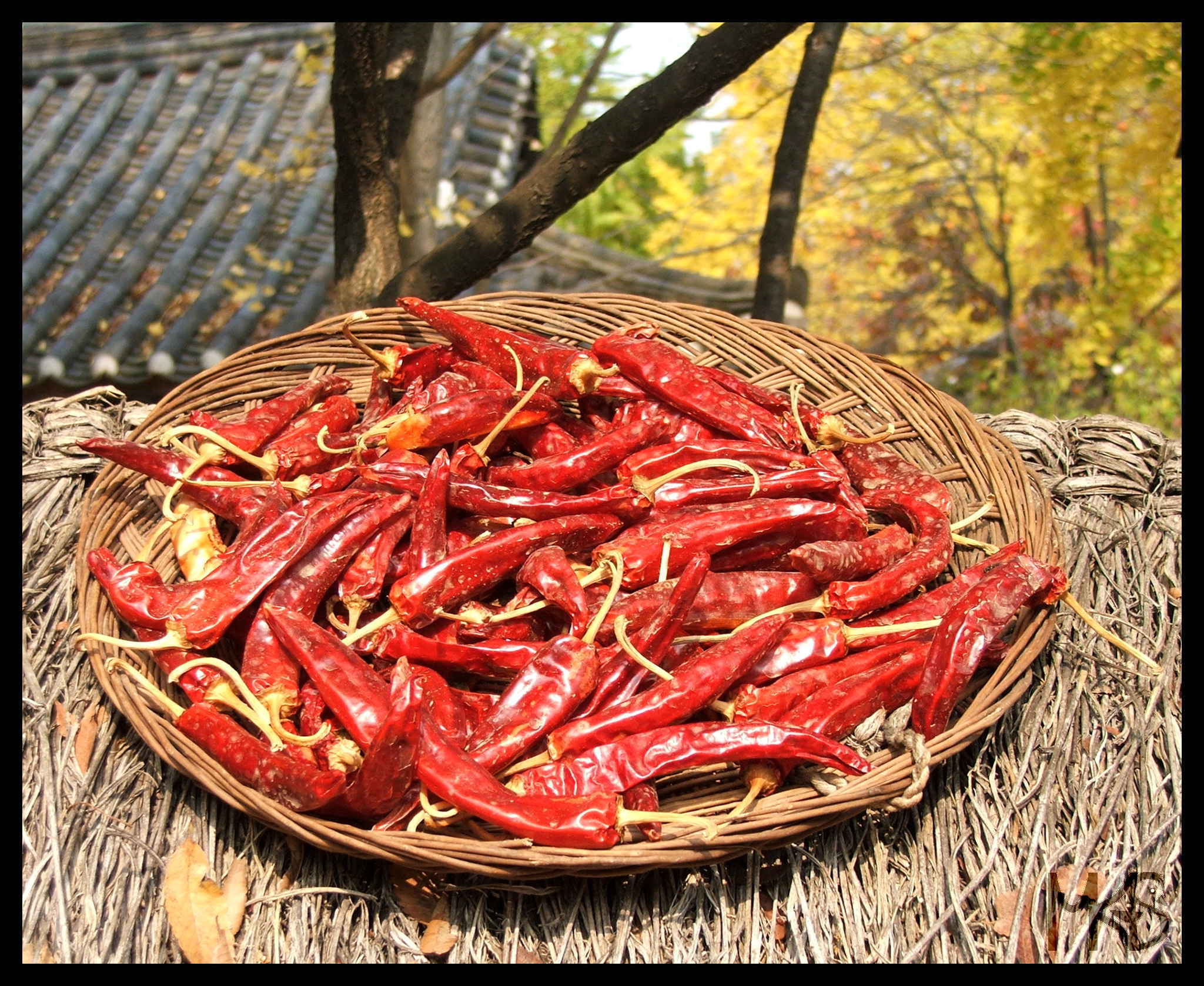
Each country has its own cuisine; it’s somehow unique but still we often can find similarities between others cuisines.
I could say, that Korean cuisine is a bit like a mixture of Chinese and Japanese cuisine. Many dishes looked to me a bit like Japanese, but Koreans eat more meat (just my impression).
Kimchi (kind of sauerkraut) is probably the best known Korean dish.
South Korea – Hospitality
South Korea – English
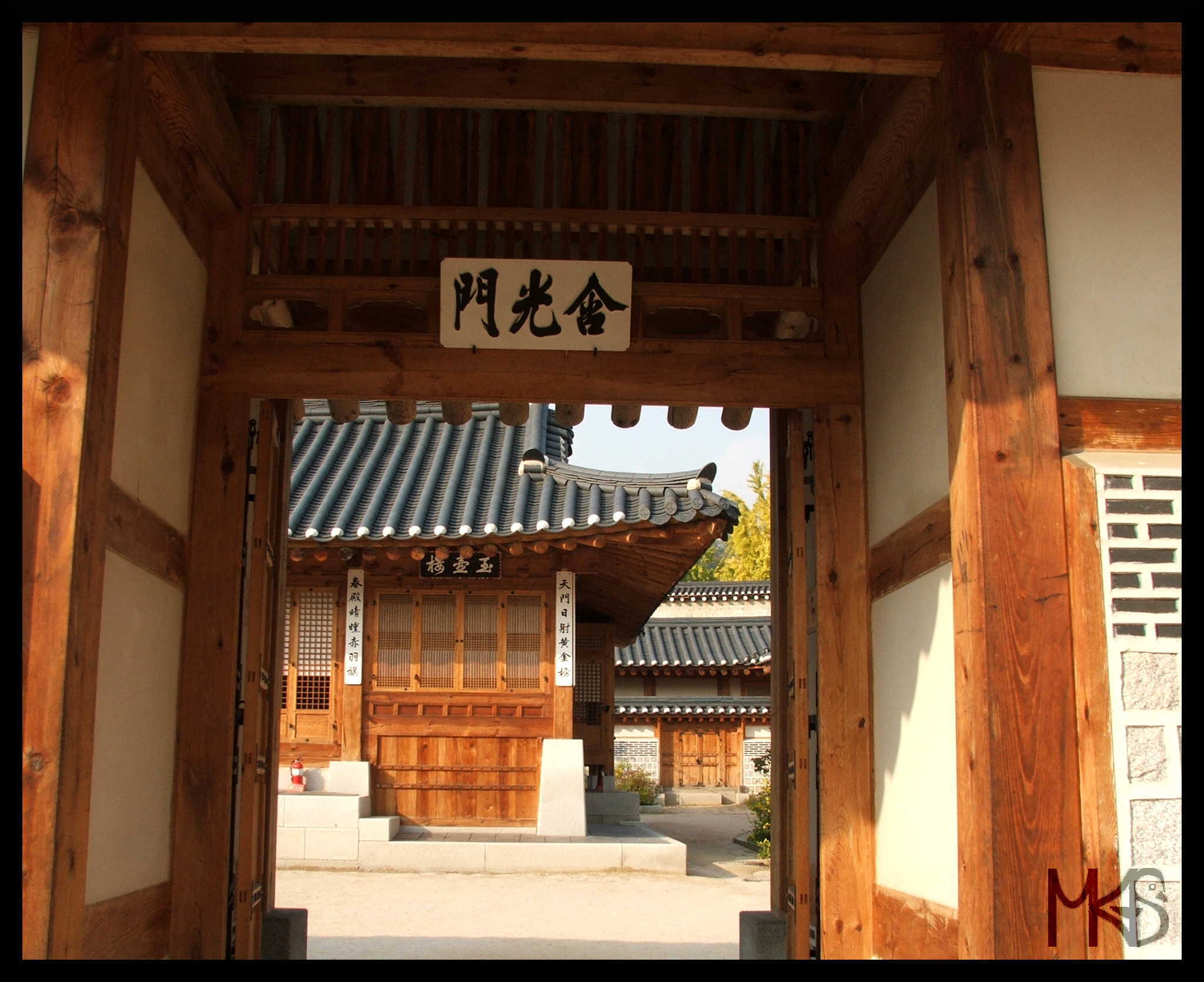
I was in South Korea 9 years ago, so maybe the situation changed; however that time, it was quite difficult to find someone speaking English. On the other hand, traveling was quite convenient, there was lots of written information in English, so I found everything I was searching for (sooner or later 😉 ).
South Korea – Flag
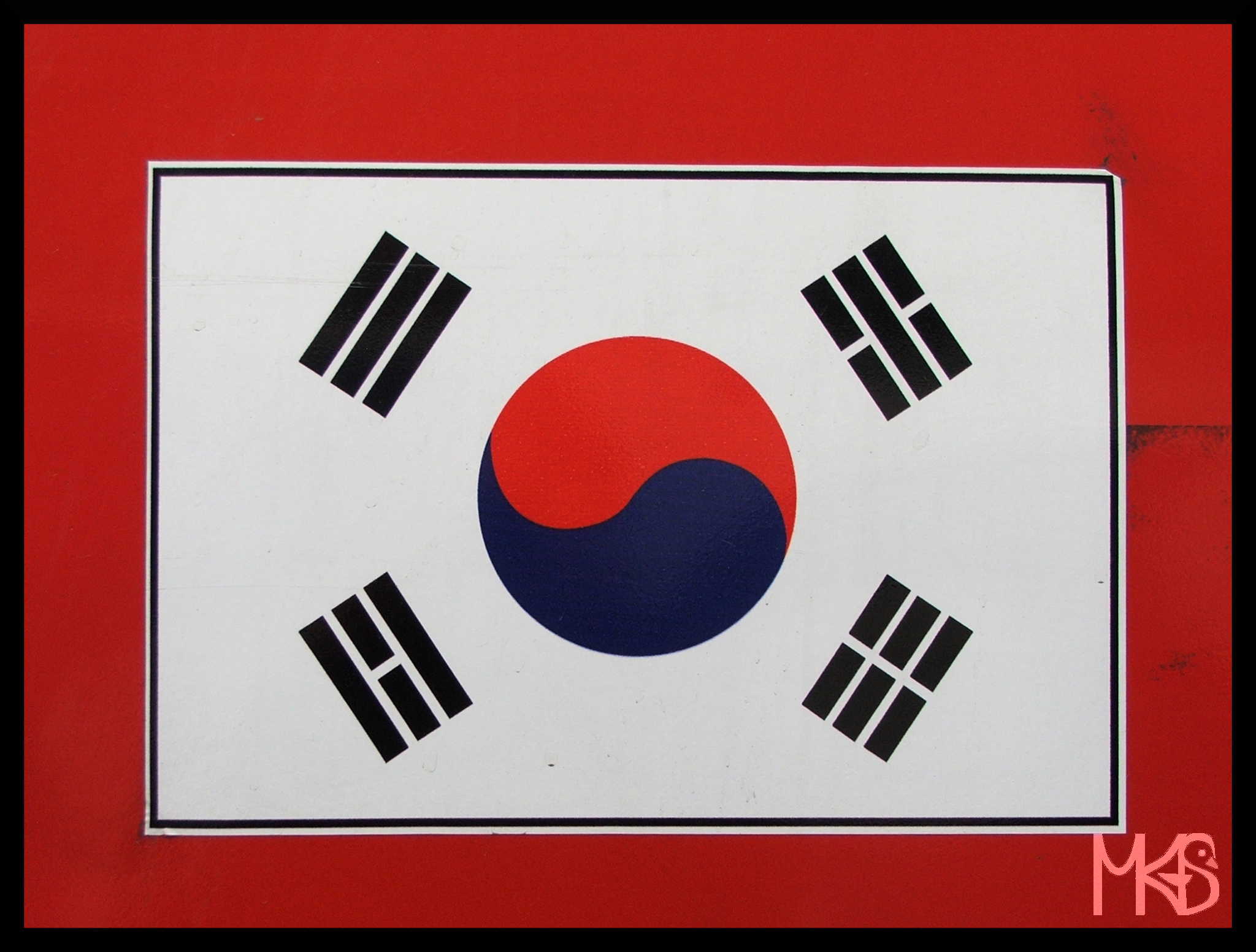
The flag of South Korea with a red and blue Yin-Yang symbol, is very characteristic.
Each symbol on the flag, even the white background, has its own meaning.
Some of the explanations you can find on “korea4expats“.
South Korea – Sports
South Korea – Korean Alphabet
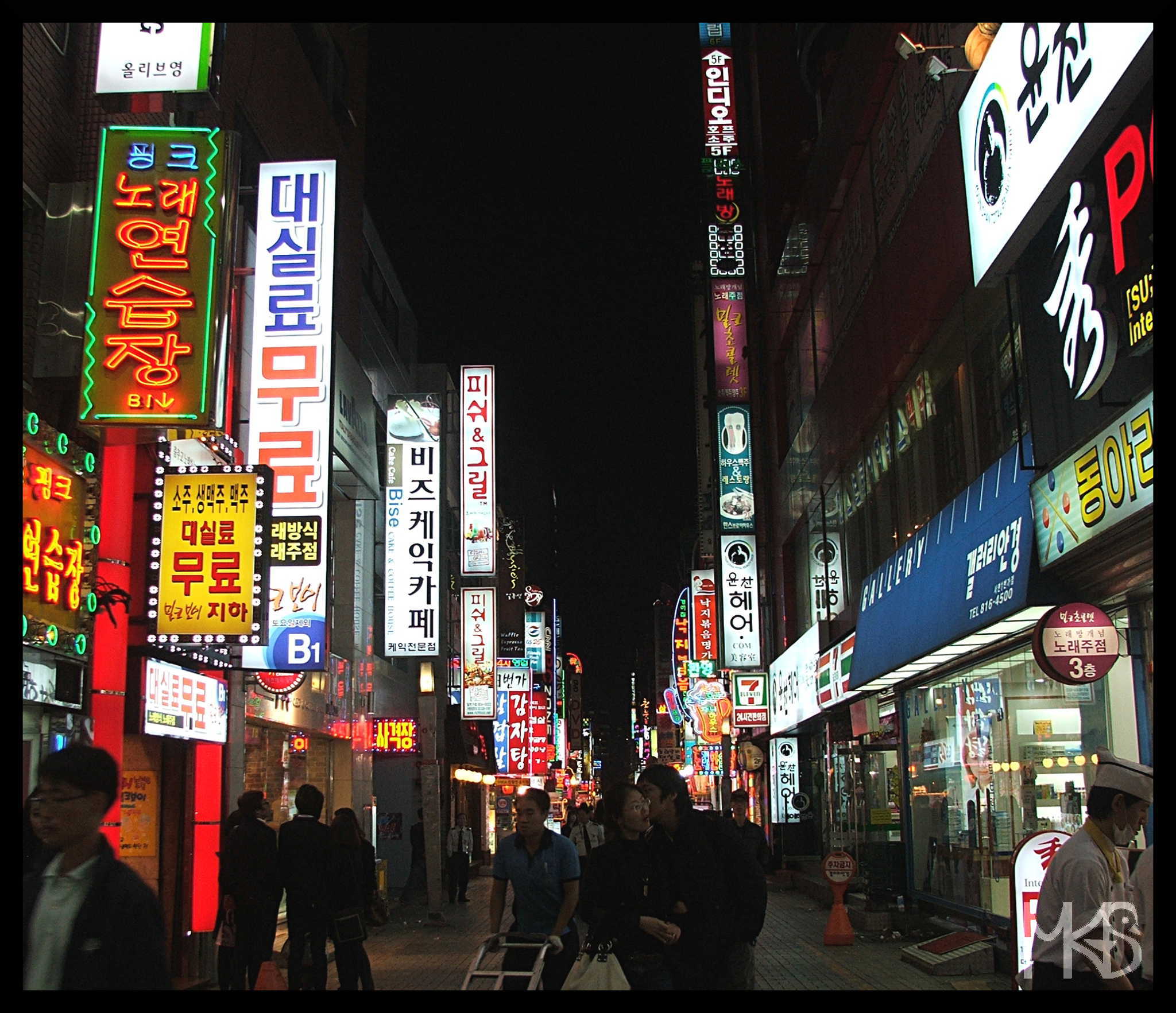
What’s the main difference between Chinese and Korean language?
(Sorry for this naive text; it’s just from a person who has not so much idea about languages! 🙂 )
In Chinese, there is no alphabet; they have many (many, many!!!) characters, but no single letters. So I thought, it’s the same with Korean language. But it’s not! Korean alphabet exists and the number of letters in Korean is not so much different from e.g., English alphabet.
South Korea – Language
South Korea – First Impression
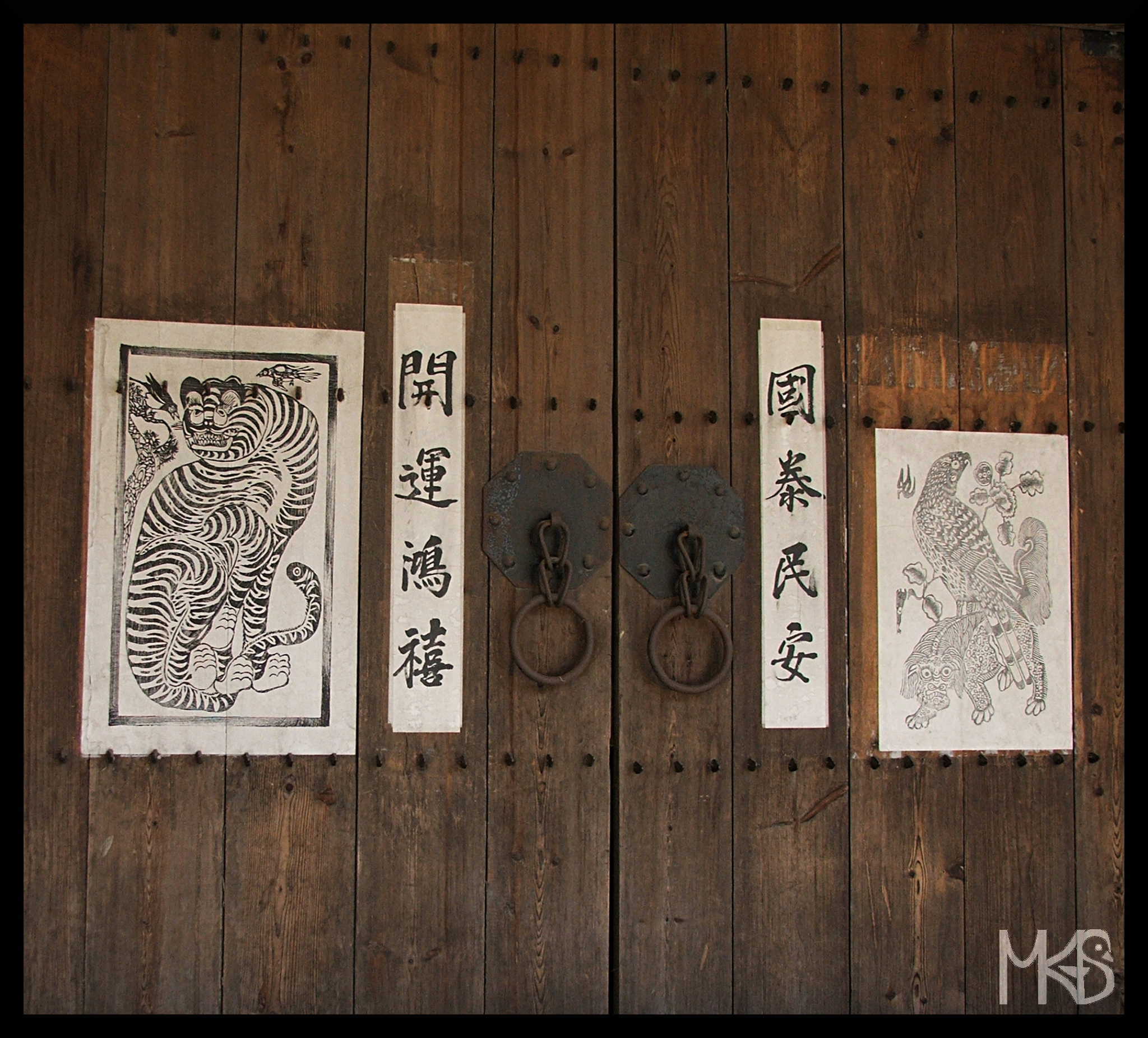
Have you been to South Korea? If so, do you remember your first impressions?
I was thinking: “I like their underground system”. 😀
I arrive to Seoul and was trying to reach my hostel following the plan “turn right when you see the bank…”. The first point was about taking the right exit from metro station. And you know, that some metro stations have so many exits, so it’s very easy to get lost. Well, it’s not possible to get this confusion in Seoul because each exit has its number. Why it’s not the case in each country?
South Korea – The best time to go
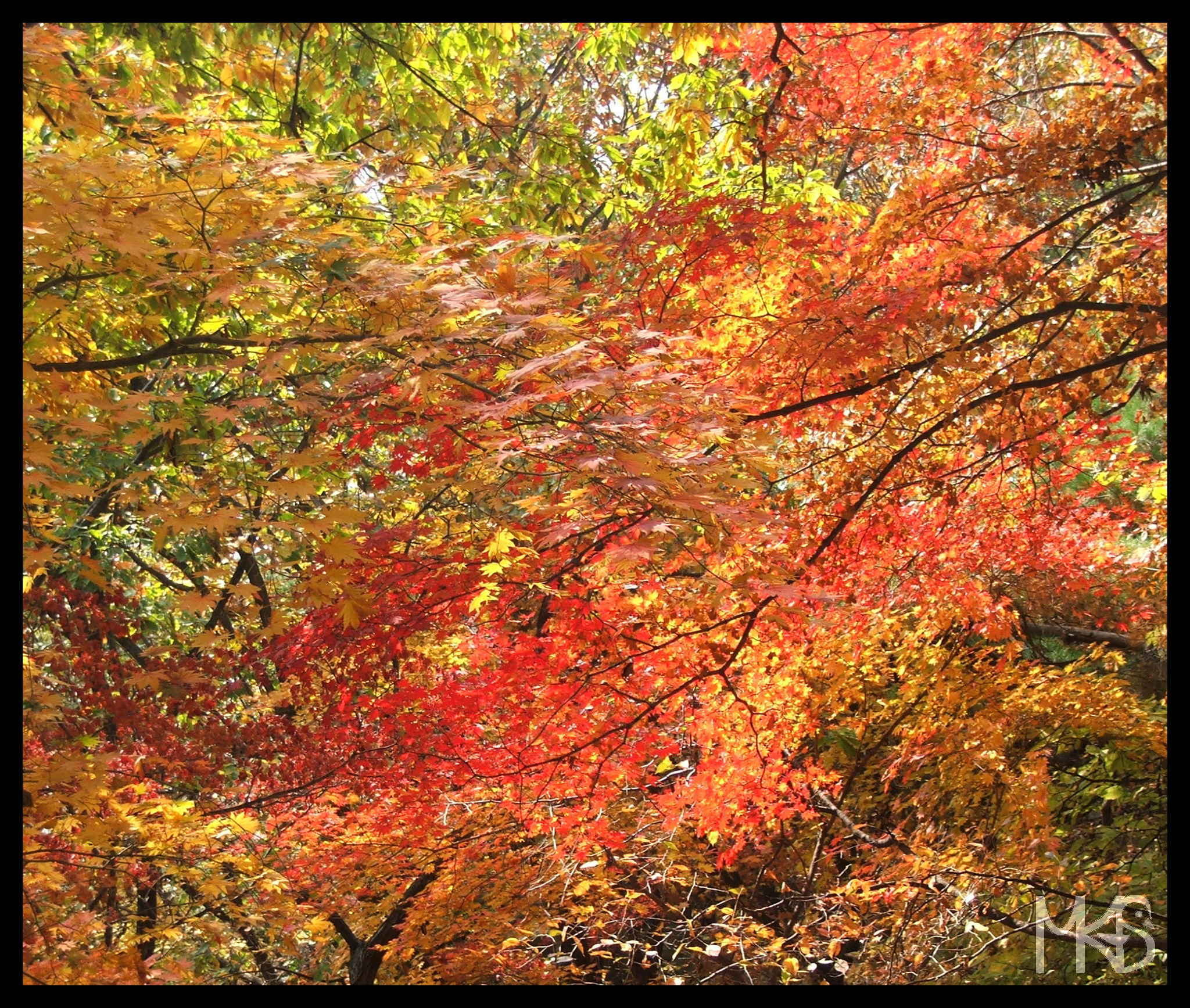
When is the best time to visit South Korea?
Well, each season (spring, summer, autumn, and winter) can be nice and offers different attractions. I was in South Korea in autumn and had a chance to enjoy these lovely colors. So from my point of view, spring with colorful flowers and autumn with colorful leaves should be the best periods for visiting the country.
In summer, some places in South Korea may be too hot and too humid; and winter too cold.
